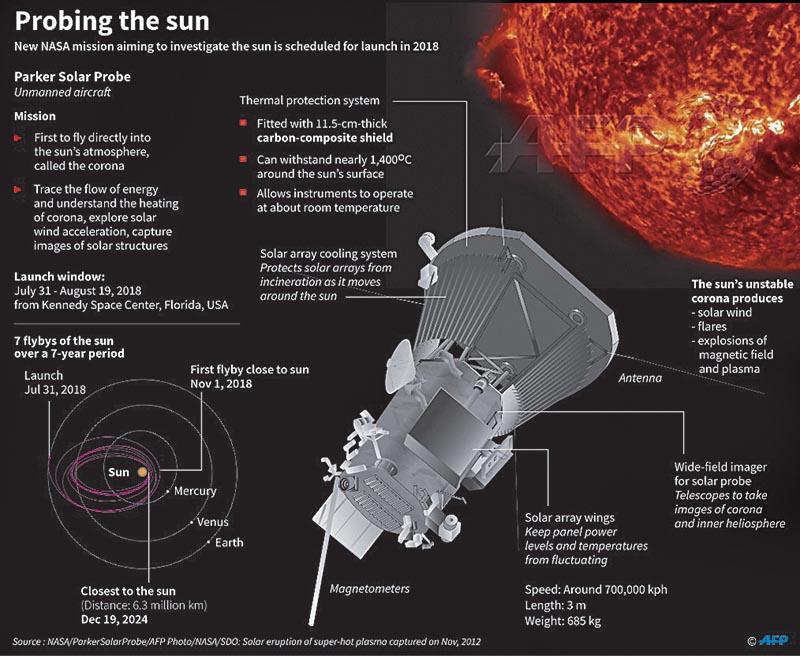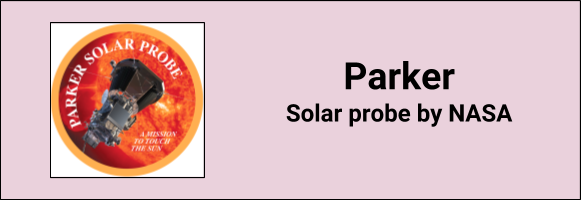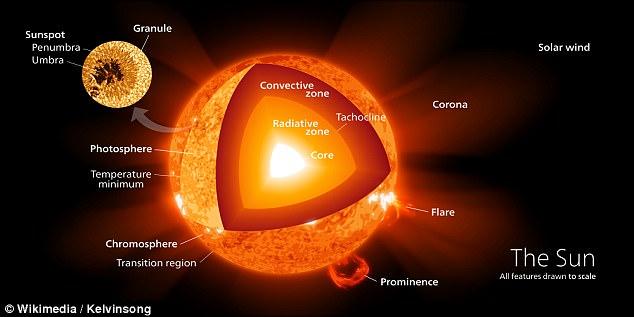(HOT) UPSC Current Affairs 2025 PDF
NEW! The Gist (NOV-2025) | E-BOOKS
Parker: Solar probe by NASA : Important Topics for UPSC Exams
Parker: Solar probe by NASA : Important Topics for UPSC Exams
Nasa is set to announce its ambitious plans to launch a probe mission directly into the atmosphere of the sun in a world first. Parker Solar Probe will plunge through the Sun’s atmosphere, closer to the surface than any spacecraft before it, facing brutal heat and radiation conditions; and ultimately providing humanity with the first-ever close-up view of a star. The mission will launch a spacecraft from Earth in the summer of 2018. It will reach an orbit within four million miles (6.5 million km) of the sun and will measure activity at its outer surface, known as the 'corona'. It is named after Professor Eugene Parker, who first discovered solar winds 60 years ago.
Objectives/Benefits:
Travelling at speeds of up to 430,000mph (692,000kmh),
-
The sun is the only star we can study up close. By studying this star we live with, we learn more about stars throughout the universe.
-
The craft will collect vital information about the life of stars and their weather events, and will help scientists improve how we predict dangerous solar flares..
-
Scientists also hope to unlock the mysteries of the sun’s corona, an aura of plasma around the star.
-
To protect a society that is increasingly dependent on technology from the threats of space weather.
Buy Printed Complete Study Materials for UPSC IAS PRELIMS Exam
Online Crash Course for UPSC PRE Exam
Decoded:solar storm :
Coronal plasma An ionized gas of electrons, protons and heavier ions. Corona is Sun’s outer atmosphere and produces solar winds and flares. Millions of tons of highly magnetised material can erupt from the sun at speeds of several million miles an hour. We need to get closer to it in order to understand how it works.
Living with a star program:Parker Solar Probe is part of NASA’s Living With a Star program to explore aspects of the Sun–Earth system that directly affect life and society. The Living With a Star flight program is managed by the agency’s Goddard Space Flight Center in Greenbelt, Maryland, for NASA’s Science Mission Directorate in Washington, D.C. |
Questions to be answered:
During this ambitious journey, the mission will provide answers to long-standing questions that have puzzled scientists for more than 60 years:
-
why is the corona much hotter than the solar surface (i.e., the photosphere)?
-
How is the solar wind accelerated?
-
What are the sources of the high-energy solar particles?
These questions can be answered only by sending a probe right through the tenuous, multi-million degree temperature coronal plasma.
Details of the Probe

Many NASA missions have continued to focus on this complex space environment defined by our star — a field of research known as heliophysics. Parker Solar Probe is going to answer questions about solar physics that we have puzzled over for more than six decades
MCQ’s
1. Consider the following statements about Parker probe
-
It is a proposed probe by ISRO to study sun.
-
It is part of Living with the star program.
Which of the above statements are correct?
-
A only
-
B only
-
Both A and B
-
None of the above
Correct Answer: b (B only)
2. Consider the following statements regarding solar winds/flares
-
These cause the phenomena referred to as Auroras.
-
They can affect technology including navigation systems in phone and electricity grids on earth.
-
NASA has planned to launch parker probe to study solar flares.
-
Solar flares are always accompanied by coronal mass ejections.
Which of the above statements are correct?
-
A and B only
-
B and D only
-
A, B and C
-
All of the above
Correct Answer: c (A, B and C)
Flares are often, but not always, accompanied by a coronal mass ejection.
Auroras are produced when the magnetosphere is sufficiently disturbed by the solar wind that the trajectories of charged particles in both solar wind and magnetospheric plasma, mainly in the form of electrons and protons, precipitate them into the upper atmosphere (thermosphere/exosphere) due to Earth's magnetic field, where their energy is lost.
Mains Questions
-
Why do you think is it necessary to study heavenly bodies like Sun? Enlist the possible outcomes from the recent proposal by NASA to launch Parker Solar Probe.
-
Space weather can possibly disrupt the society which is increasingly becoming dependent on technology. Justify this statement with reference to potential threats of solar flares. What does Parker probe has in it for solution to this problem?



